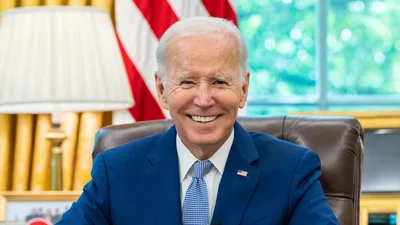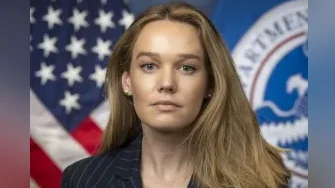Environment Subcommittee Ranking Member Paul Tonko (D-NY) delivered the following remarks at a Subcommittee on Environment markup of two nuclear waste bills:
Mr. Chair, thank you for holding today’s subcommittee markup.
As we heard during our legislative hearing last month, sites located across the country are dealing with the legacy of our nation’s entry into the atomic age.
Today we will consider bills that address two of these sites: H.R. 2278, the Responsible Disposal Reauthorization Act, and H.R. 2389, a bill to reauthorize the West Valley Demonstration Project, and for other purposes.
The Uranium Mill Tailings Radiation Control Act established a process for remediating inactive uranium-ore processing sites, such as the one in Grand Junction, Colorado.
H.R. 2278 would authorize DOE to continue to operate the Cheney Disposal Cell through September 2048 or until it is filled to capacity. Currently, DOE is authorized to operate this cell through September 2023.
I hope we can move this bill forward today.
H.R. 2389 addresses a unique site in my home state, the Western New York Service Center in West Valley.
The site is owned by New York State, and from 1966 to 1972, was operated by a private company to reprocess spent nuclear fuel primarily provided by the federal government.
This activity resulted in transuranic waste and high-level nuclear waste, which is continuing to be stored at the site.
Since 1986, based on a DOE Inspector General report, DOE has classified the wastes at West Valley as “commercial waste" rather than waste deriving from atomic energy defense activities.
This has caused a major disagreement between DOE and New York for decades.
Under this classification, DOE believes the cost for disposal of the wastes should be borne by the State of New York due to its ownership of the site.
The State has reviewed documents from the site showing that 60 percent of the material sent to West Valley was from facilities that conducted defense activities, and 80 percent of the reprocessed plutonium shipped out of West Valley was sent to defense facilities.
H.R. 2389, as introduced, would resolve this issue.
In addition to clarifying the treatment of these wastes, the bill authorizes $75 million annually for 10 years for the West Valley Demonstration Project.
This funding level is identical to the amount appropriated in Fiscal Year 2018 and will ensure the cleanup will continue on schedule.
I support this bill, and will have more to say if the Amendment in a Nature of a Substitute is offered, but ultimately, I hope we can work together to resolve this unsettled nuclear waste issue.
Thank you, I yield back.





